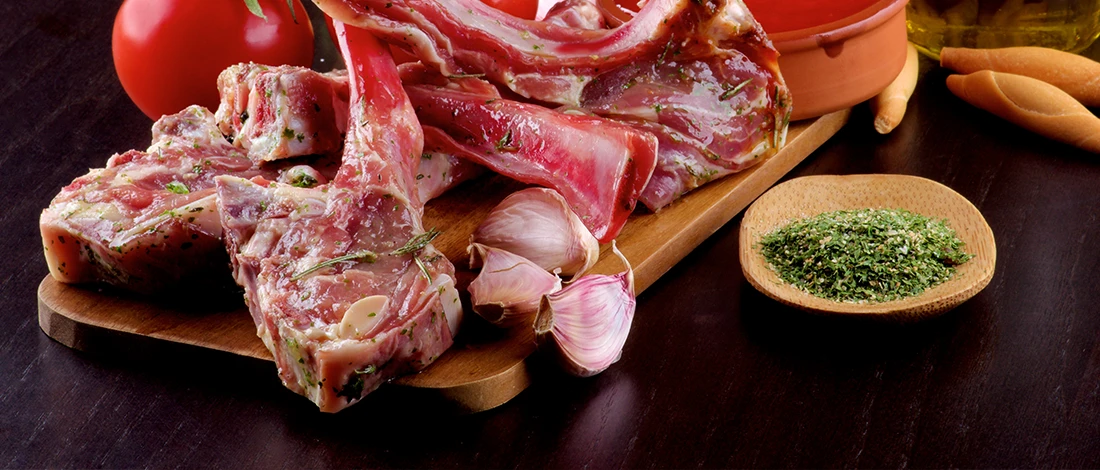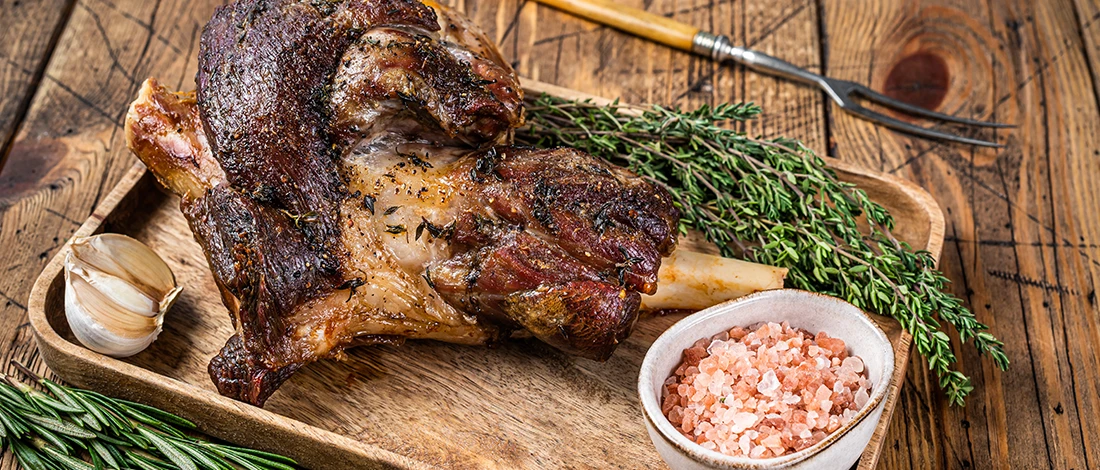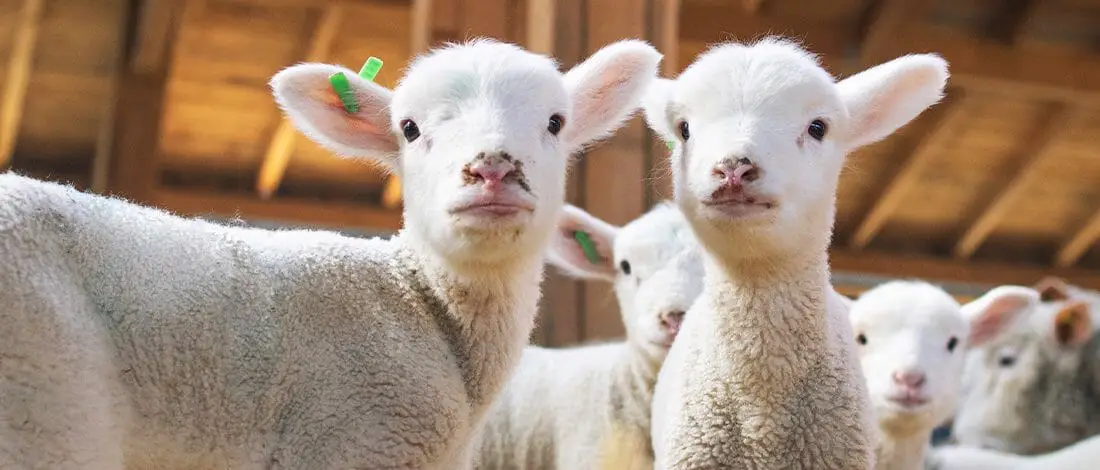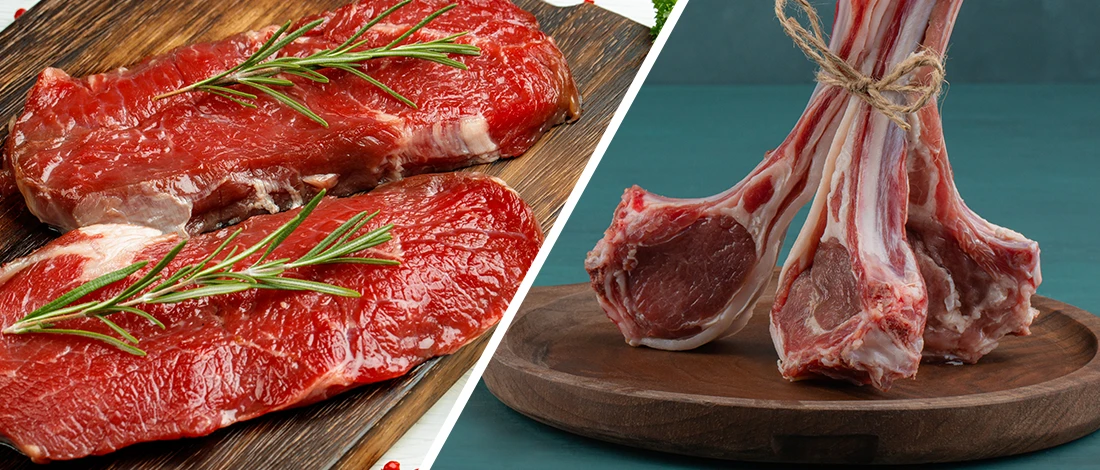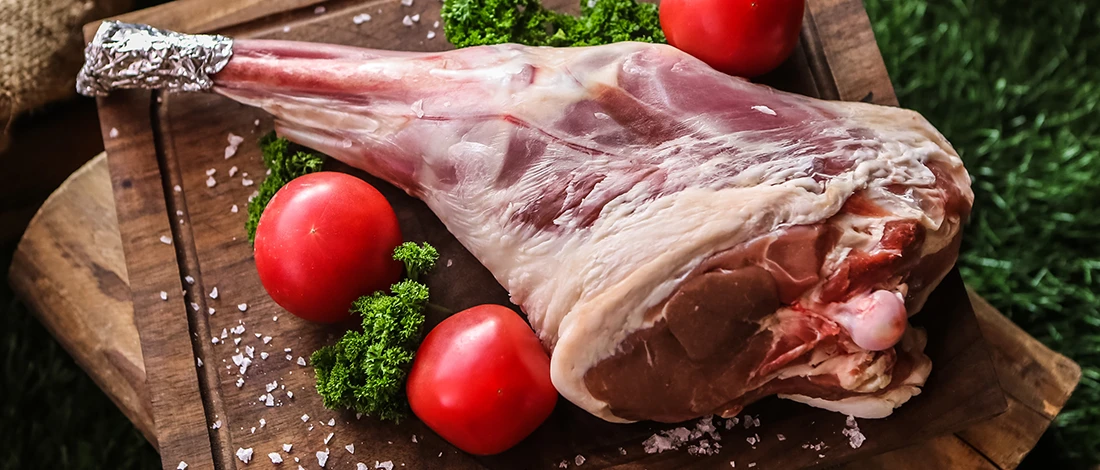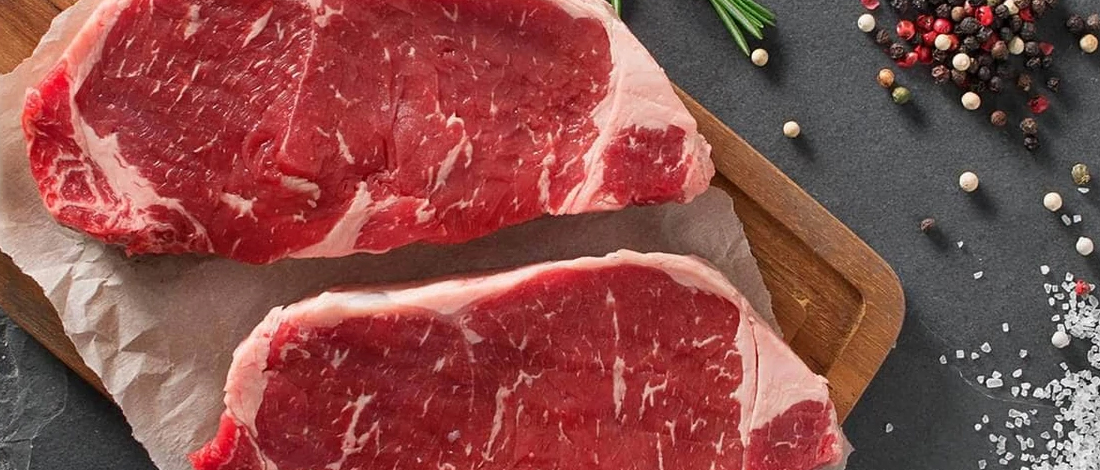If you’ve clicked on this article, chances are you’re a little lost on the whole lamb vs goat debate. Since both goats and sheep originate from the Bovidae family, they do have more in common than not.
However, there are a few key differences that can make or break the decision on what to have for lunch.
After searching every corner of the meat lovers' internet, I can finally present to you the ultimate guide to lamb and goat meat, as well as a few cooking tips for each.
Quick Summary
- Lamb refers to the meat from young sheep, known for its tenderness and flavor, goat meat, on the other hand, comes from young or adult goats and is leaner and stronger in flavor.
- Lamb contains more fat, calories, and vitamins like B6 and D but is less healthy compared to goat meat, which has less fat and more vitamin E.
- A 1993 study in the National Library of Medicine compared the flavor and tenderness of goat and sheep meat and found sheep meat to have a more intense aroma and tenderness, with less fibrous tissue residue and a more pronounced species flavor than goat meat [1].
- Cooking methods vary, with lamb suitable for grilling and goat meat best for slow cooking.
Terminology
Before we get into the main difference between types of both meats, first we have to understand the correct terminology to ensure we’re buying and cooking the right dish.
Sheep

When it comes to eating sheep meat, we tend to go for lamb (young sheep) instead due to the tenderness and taste of the cut.
However, there are actually a handful of different types of lamb meat available on the market.
- Milk lamb: These types of lambs are only milk-fed until the age of 4-6 weeks. Their meat is very tender and holds a mild flavor profile.
- Spring lamb: These lambs are commonly sold around Easter and are also primarily fed milk. The difference being they are typically older, around 3-5 months. The meat appears light pink. Compared to older lamb, the meat is more tender and holds a lower fat content.
- Ewe Lamb: Refers to a female lamb under the age of one year.
- Ram Lamb: Refers to a male lamb under the age of one year.
Moving onto adult sheep meat, there are two different types you can buy.
- Hogget: This sheep is between 1 - 2 years old and is often referred to as ‘yearling mutton.’ If you like the tenderness of lamb meat yet enjoy the gamey meat flavor that comes along with mutton, hogget is for you.
- Mutton: The meat that comes from males who are usually castrated, or females over the age of 2, is called mutton. Many people find mutton meat to be too gamey and lack tenderness, therefore it isn’t typically sold or purchased.
The reason why mutton tastes too gamey to most people is due to the high-fat content found in older sheep.
Therefore, any fat should be trimmed before cooking up and consuming mutton.
Although it is a tougher meat than most, many people do enjoy mutton. It is best tasting when the sheep is around 4 years of age.
Then, the meat will be a deep red, much darker than the pale pink of lamb.
Goat

Similar to sheep, there are also quite a few different names for goats, depending on their age or gender.
- Kid: Typically referred to as Capretto or Natalie, this goat is typically slaughtered under the age of one year old. Much like the meat from a lamb, meat from young goats is more tender and less gamey than meat from an adult.
- Buckling: Refers to a male goat under the age of one year.
- Chevron: Is used to refer to meat from adult goats, either whether (male) or a doe (female.) This meat has a stronger flavor profile and tends to be more lean compared to meat from a young goat.
Both the meat from goats and lambs are red meat, just like beef.
Goat Meat Summary
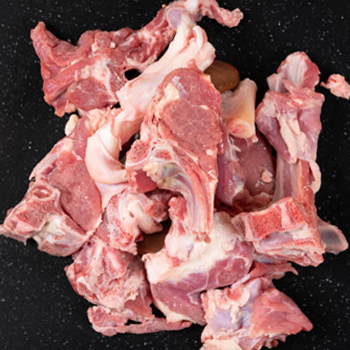
Many people know goats for their goat milk and cheese, however, this meat is also quite popular in some places. In other places, you may only be able to find lamb.
If you like red meats, goat meat may be something you’ll be interested in trying.
This type of meat holds a light marbling due to its low fat content and can either be a light pink or a dark red, depending on the age of the animal.
Slow cooking methods and smoking is a great choice for goat meat. If it is cooked carefully, all that marbling melts away and leaves you with a rather juicy cut.
Goat meat usually comes from young goats (around one year old) to help preserve the tenderness and delicate flavor.
If the goat has not yet been castrated, the meat tends to be a lot chewier and hold a gamey flavor.
Also Read: Is Goat Meat Healthy?
Lamb Meat Summary
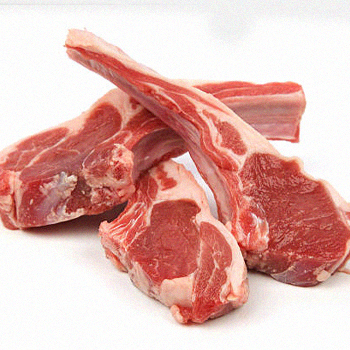
Just like goat meat, lamb is also red meat that comes in either pink or light red.
Not to be confused with mutton (meat from old sheep), lamb meat comes from sheep who are typically under one year of age.
Since sheep have a lot of meat muscle, the younger they are, the more tender the meat is.
It’s very sought-after meat, which in turn makes it more expensive than older sheep. In fact, mutton is a lot harder to come by.
Goat meat usually comes from young goats (around one year old) to help preserve the tenderness and delicate flavor.
If the goat has not yet been castrated, the meat tends to be a lot chewier and hold a gamey flavor.
2 Main Differences Between Goat And Lamb Meat
Nutritional values aside (we’ll get more into that a little later), there are two main differences you’ll notice between goat vs lamb meat.
1. Flavor
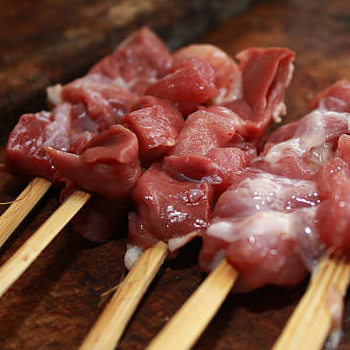
Goat meat holds less fat content compared to sheep, therefore it’s considered tougher meat and generally harder to chew.
However, texture aside, the taste of goat is slightly sweeter and holds a stronger taste.
Of course, how you choose to prepare both types of meat also impacts how they taste in the end.
If you choose to grill up your goat meat, it may become tougher and less sweet compared to slow cooking or smoking the cut.
2. Marbling
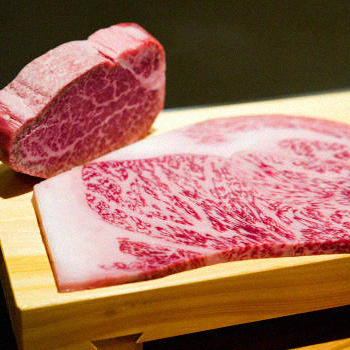
Since goat meat doesn’t have as much fat as lamb, lamb and mutton meat will have a much more clear and visible amount of marbling.
All red meat has marbling - the white marks of fat that show along the surface of the meat.
Different animals have different amounts of marbling, and how the animal was raised also affects this. For example, wagyu beef usually has a lot more marbling compared to your average American cut.
The marbling is referred to as intermuscular fat and is common in beef, goat, and lamb meat.
Also Read: Differences Between Veal and Lamb
Goat Vs. Lamb: Nutritional Value

While both lamb and goat meat are considered red meats, the nutrition of each is quite different. Goat meat is considered the healthier choice due to holding less fat.
1. Fat Content And Proteins
As mentioned above, lamb contains over twice the amount of calories compared to goat meat.
Believe it or not, it actually has over 10 times the amount of fat as well. In turn, lamb contains a much higher amount of saturated fats and cholesterol than goat meat.
Goat meat is great if you’re looking to gain protein, and both are low in carbs and fiber content.
2. Fatty Acids
When it comes to people who need to keep an eye out for fatty acids, goat meat is recommended over lamb since it contains less folic acid and fatty acids.
It also helps if the goat has been grain-fed.
If you have any cardiovascular problems or you’re worried about developing arteriosclerosis, you should always try to source animals that are fed a grass diet.
According to a 2002 study, lamb meat is the richest source of conjugated linoleic acid, which is known to help prevent coronary heart disease, cancer, and diabetes [2].
3. Vitamins And Minerals
Another big difference between both of the meats is the vitamin content. Goat meat contains a lower amount of vitamin B compared to lamb and a much higher concentration of vitamin E.
Lamb meat, on the other hand, is rich in both vitamin D and B6. Along with a higher amount of both the B vitamins and vitamin K.
Vitamin C and A aren’t highly present in either meats. The same goes for folic acid.
So, if you take the health benefits that come along with a wider range of vitamins into consideration, lamb has the upper hand.
How To Cook Goat Meat

Cooking goat meat is a no-no unless you enjoy tough, rubber-like meat. You can thank the lack of marbling for this.
Therefore, slow cooking is the way to go. Cooking low n’ slow will help the goat meat retain moisture and its tenderness.
“Kid is tender and delicate, a little like lamb, while goat has a rich flavor and, when cooked low and slow in a curry or stew becomes unctuous and falls off the bone.”
- The National Geographic
When it comes to goat dishes, you can find this meat served in stews and curries, especially since slow cooking brings the best flavors out of this meat.
The neck, shoulder, breast, shank, and leg are the best part of these meat animals.
How To Cook Lamb

Due to lamb meats holding more fat content, this meat holds up well on a grill.
However, this fat does tend to leave you with a gamey taste in your mouth, so it’s better to cut off the fat before you begin cooking.
The most popular dish has to be lamb chops. Sure, they’re expensive, but the fact they can be grilled, smoked, and slow roasted makes it all worth it.
Other great barbecued, grilled, or slow roasting lamb dishes include lamb ribs, lamb chops, and roasted leg.
The leg of a lamb, however, contains far less fat.
So, you’ll have to keep a minimum internal temperature and a food thermometer handy to ensure your cooking temperatures stay low.
Best Places to Buy Lamb or Goat Meat:
References:
- https://pubmed.ncbi.nlm.nih.gov/22060744/
- https://onlinelibrary.wiley.com/doi/10.1046/j.1467-3010.2001.00179.x


